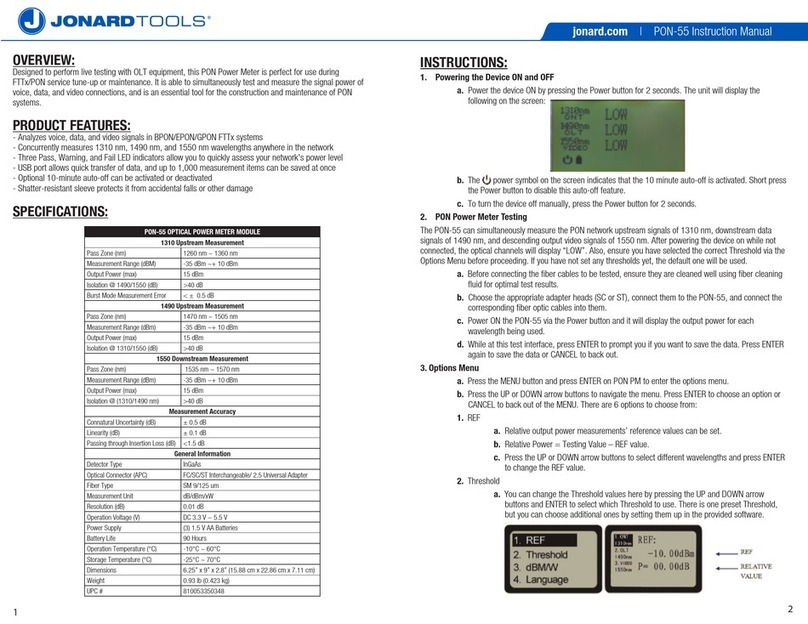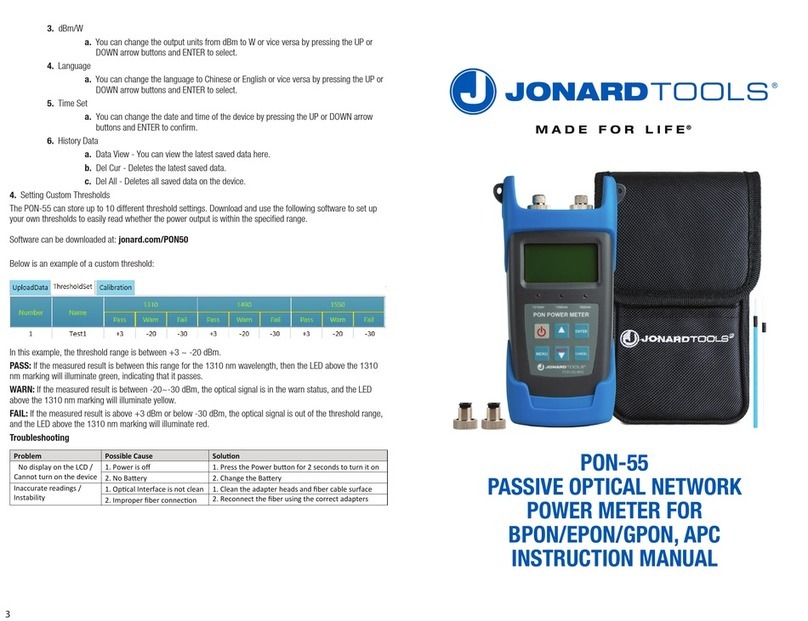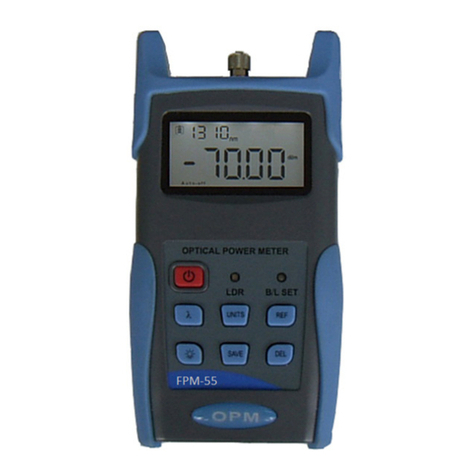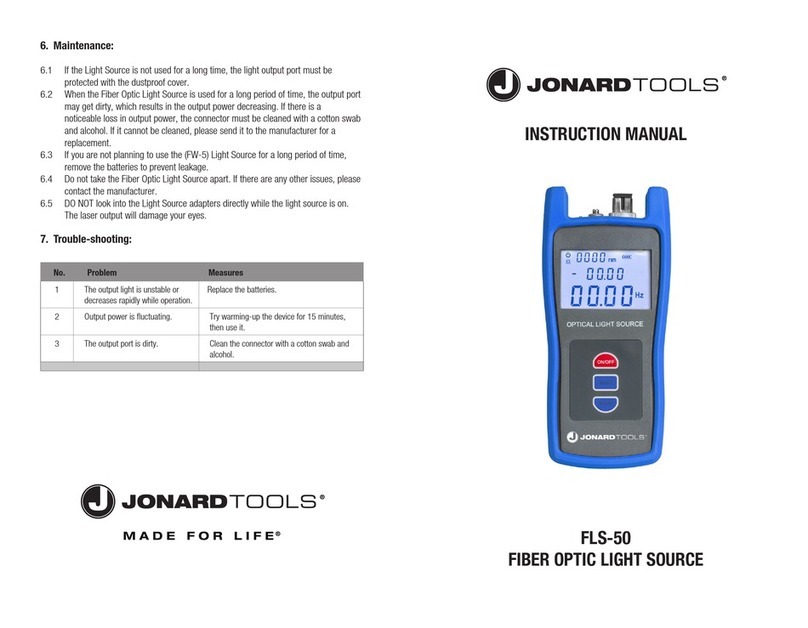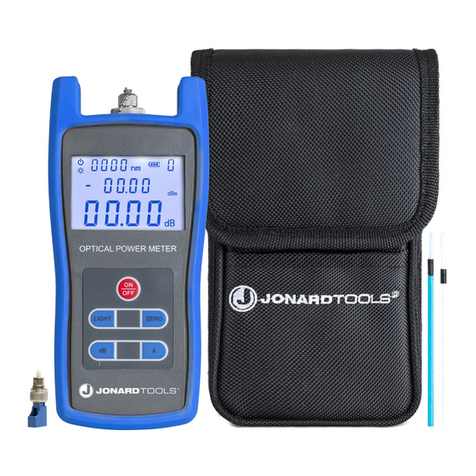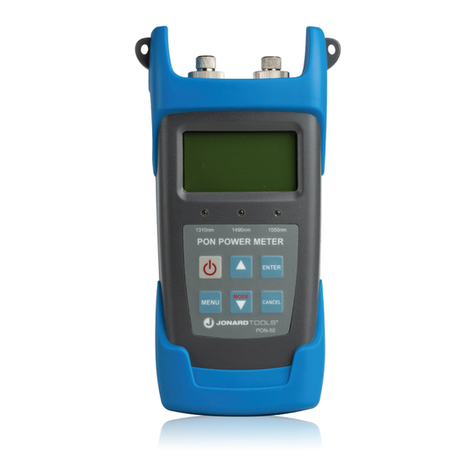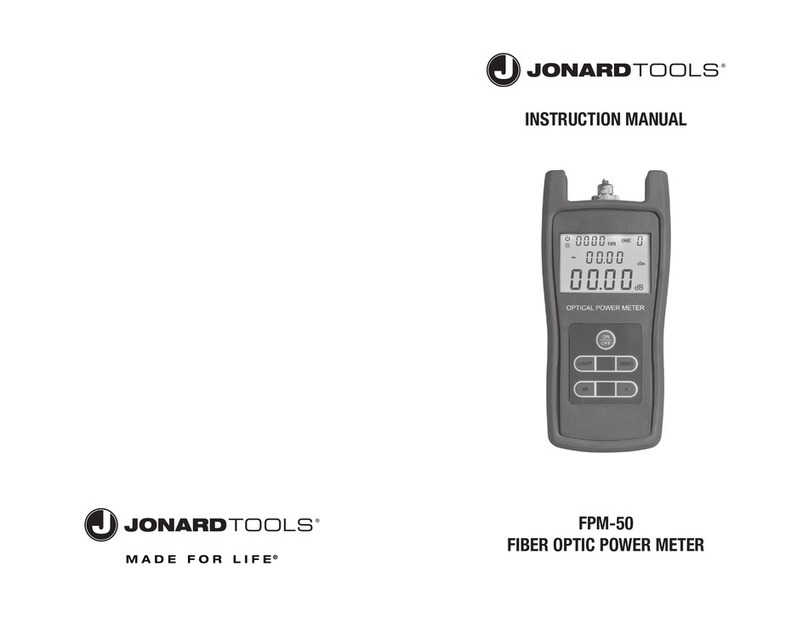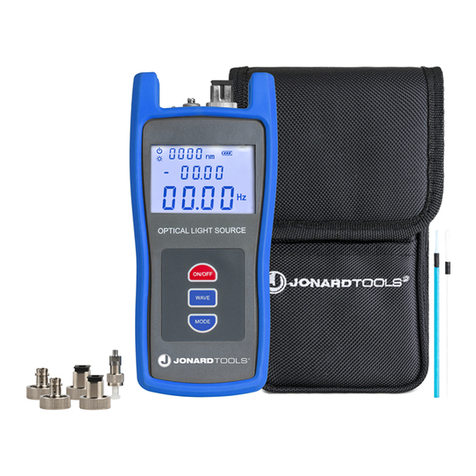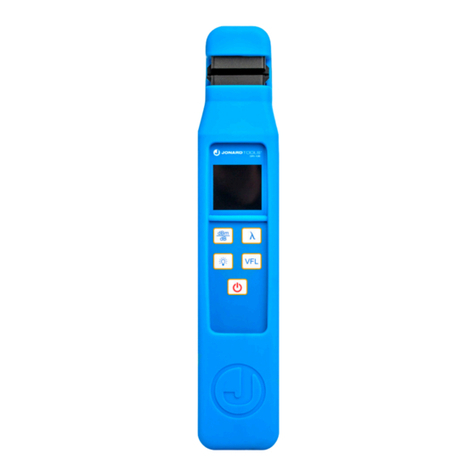
5 6
III. Safety Instructions
The meter is designed and manufactured according to UL STD 61010-1,
61010-2-032, 61010-2-033, safety standards, and conforms to CAT III 1000V,
CAT IV 600V, double insulation, and pollution degree 2.
Note: Before each use, verify meter operation by measuring a known
voltage. If the meter is used in a manner not specified by the manufacturer, the
protection provided by the equipment may not be guaranteed.
Description
Equipment protected throughout by DOUBLE INSULATION
or REINFORCED INSULATION
Earth (ground)
Warning or Caution
Alternating current
Direct current
Continuity buzzer
Diode
Capacitance
Alternating current or direct current
Caution, possibility of electric shock
Application around and removal from UNINSULATED
HAZARDOUS LIVE conductors is permitted.
Complies with European Union standards
Conforms to UL STD 61010-1, 61010-2-032, 61010-2-033, Certified
to CSA STD C22.2 No. 61010-1, 61010-2-032, 61010-2-033.
It is applicable to testing and measuring circuits connected to the
distribution part of the building's low-voltage MAINS installation.
It is applicable to testing and measuring circuits connected at
the source of the building’s low-voltage MAINS installation.
CAT IV
CAT III
Symbol
IV. Electrical Symbols
1. Before use, please check if there is any item which is damaged or behaving
abnormally. If any abnormal item (such as bare test lead, damaged meter
casing, broken LCD, etc.) is found, or if the meter is considered to be
malfunctioning, please do not continue to use the meter.
2. Do not use the meter if the rear cover or the battery cover is not completely
covered up, it may pose a shock hazard!
3. When using the meter, keep fingers behind the finger guards of the test leads,
and do not touch exposed wires, connectors, unused inputs, or circuits being
measured to prevent electric shock.
4. The function dial should be placed in the correct position before measurement.
5. Do not apply voltage over 1000V between any meter terminal and earth ground
to prevent electric shock or damage to the meter.
6. Use caution when working with voltage above AC 30Vrms, 42Vpeak or DC
60V. Such voltages pose a shock hazard.
7. Never input voltage or current which exceeds the specified limit. If the range
of the measured value is unknown, the maximum range should be selected.
8. Before measuring the resistance, diode and continuity , switch off the power
supply of the circuit, and fully discharge all capacitors to avoid inaccurate
measurement.
9. When the “ ” symbol appears on the LCD, please replace the batteries in
time to ensure measurement accuracy. If the meter is not in use for a long
time, please remove the batteries.
10.Do not change the internal circuit of the meter to avoid damage to the meter
and user!
11.Do not use or store the meter in high temperature, high humidity, flammable,
explosive or strong magnetic field environments.
12.Clean the meter casing with a soft cloth and mild detergent. Do not use
abrasives or solvents!
I ACM-1000 Instruction Manual
